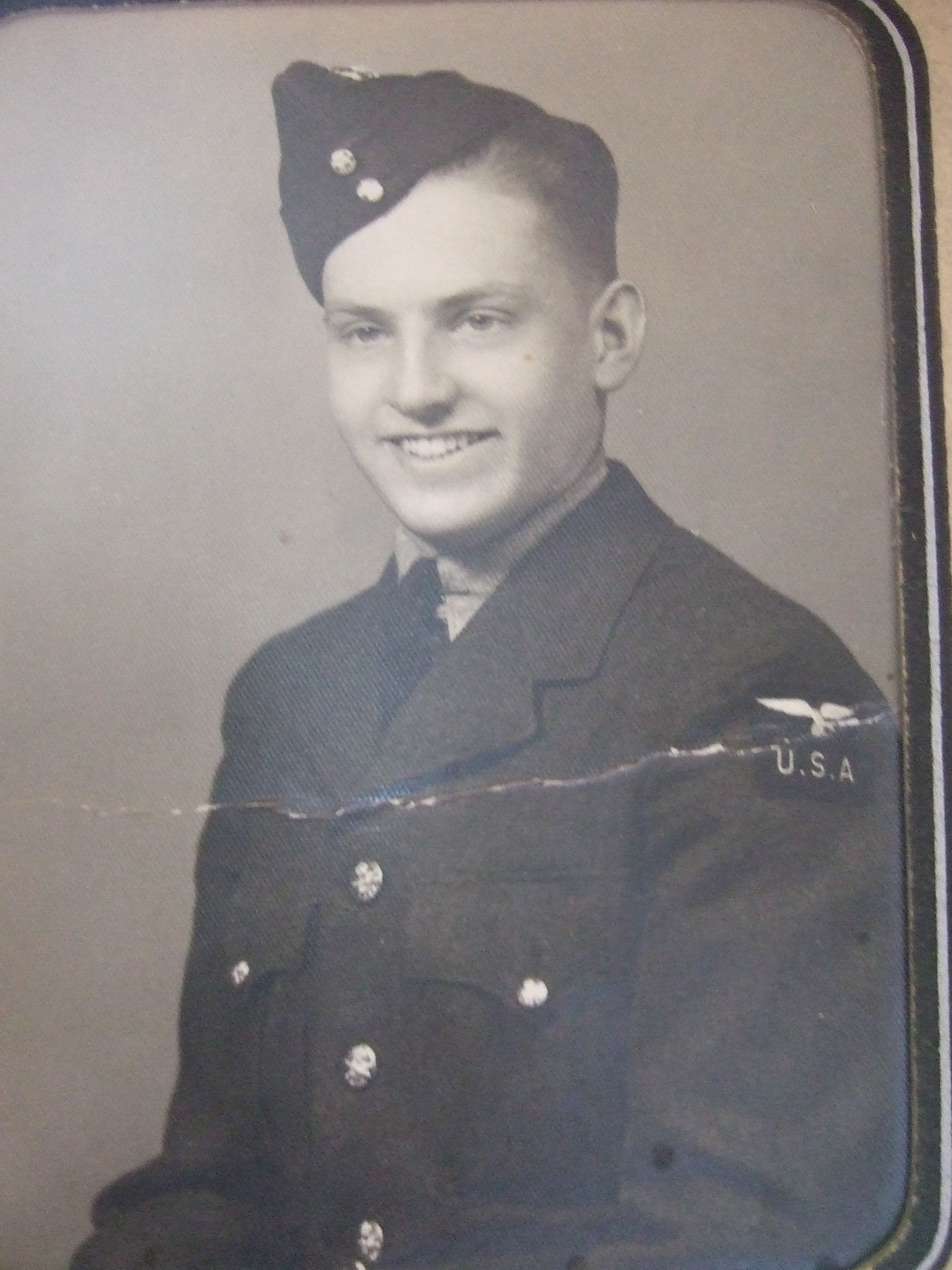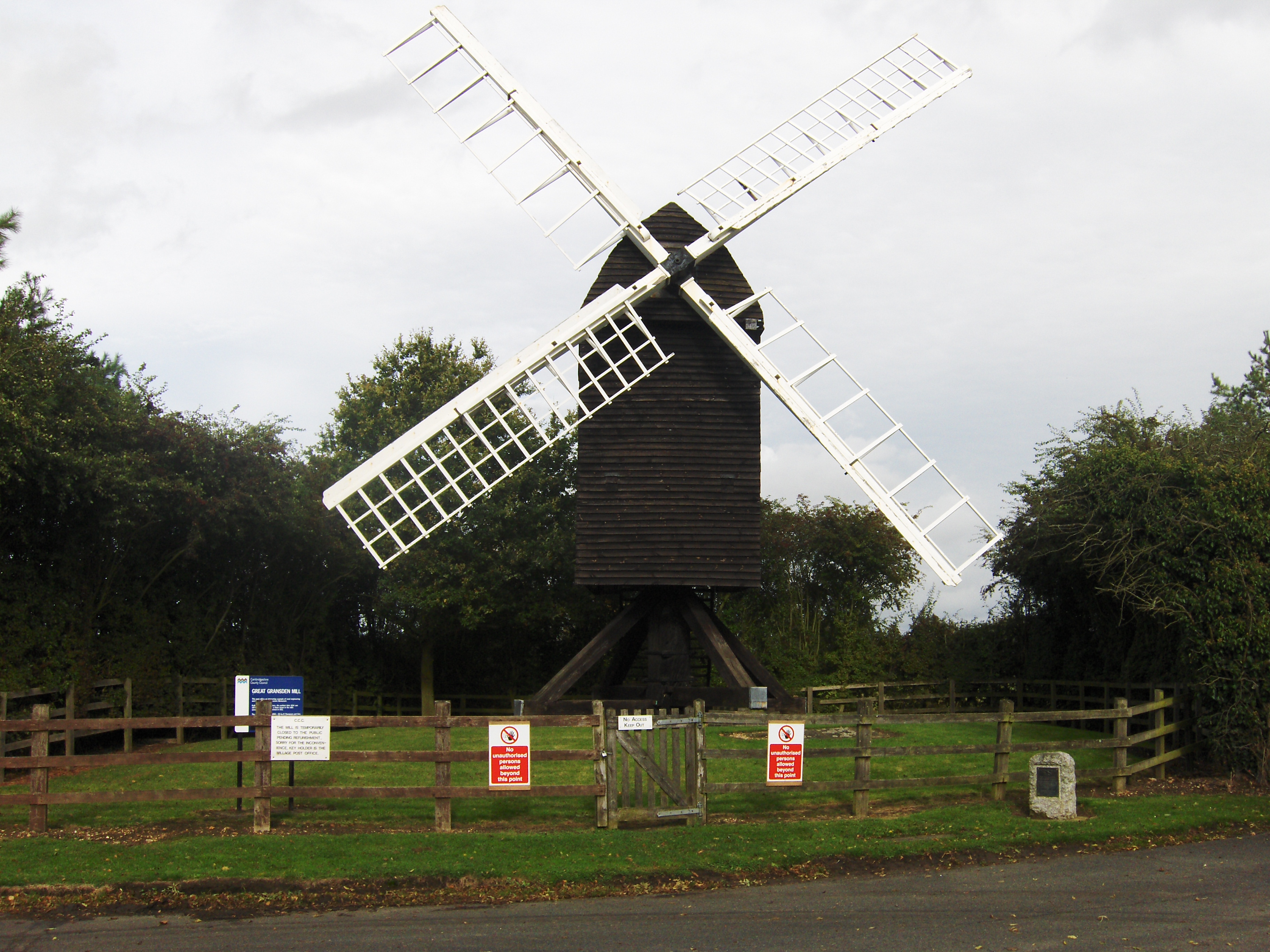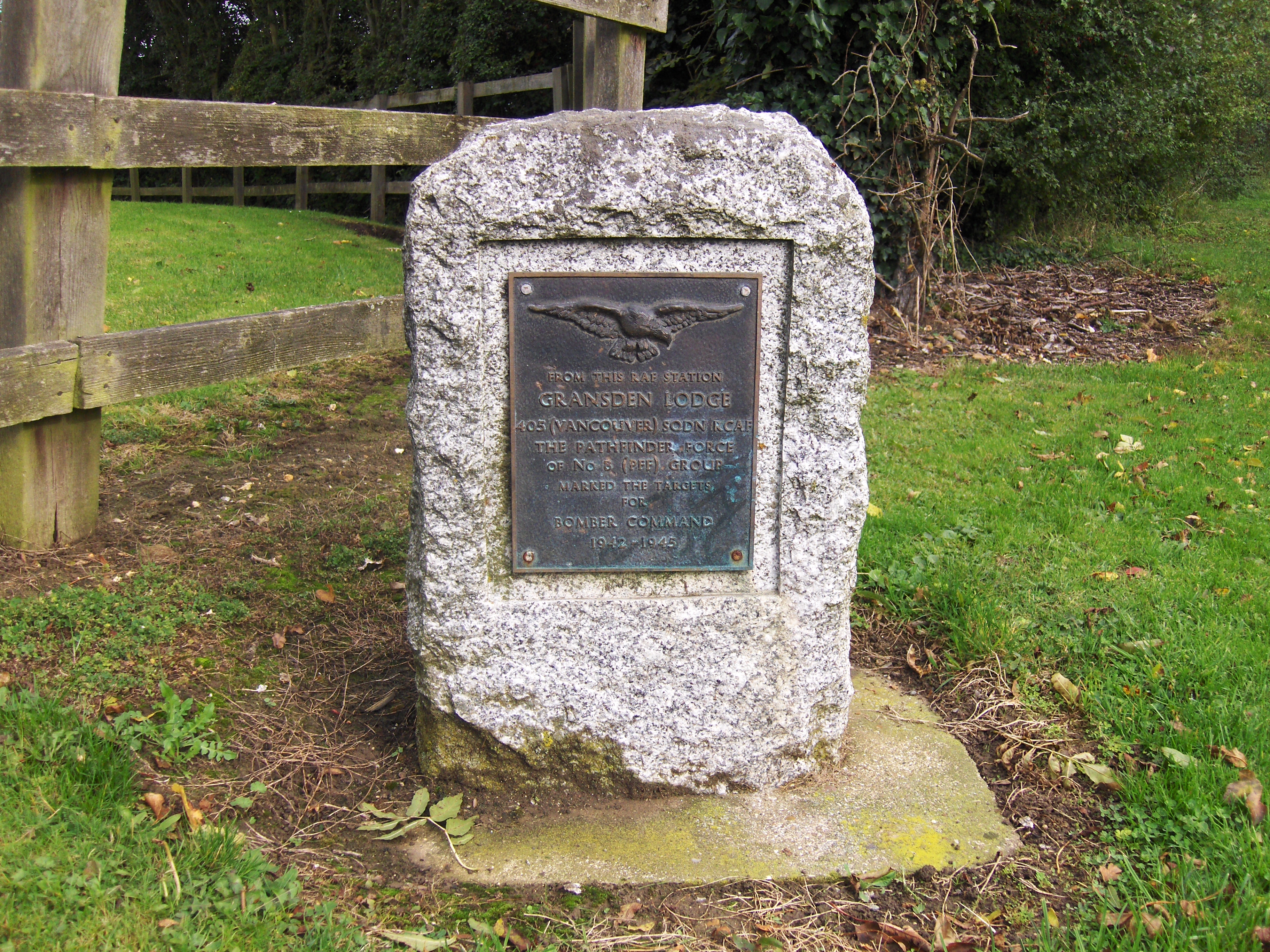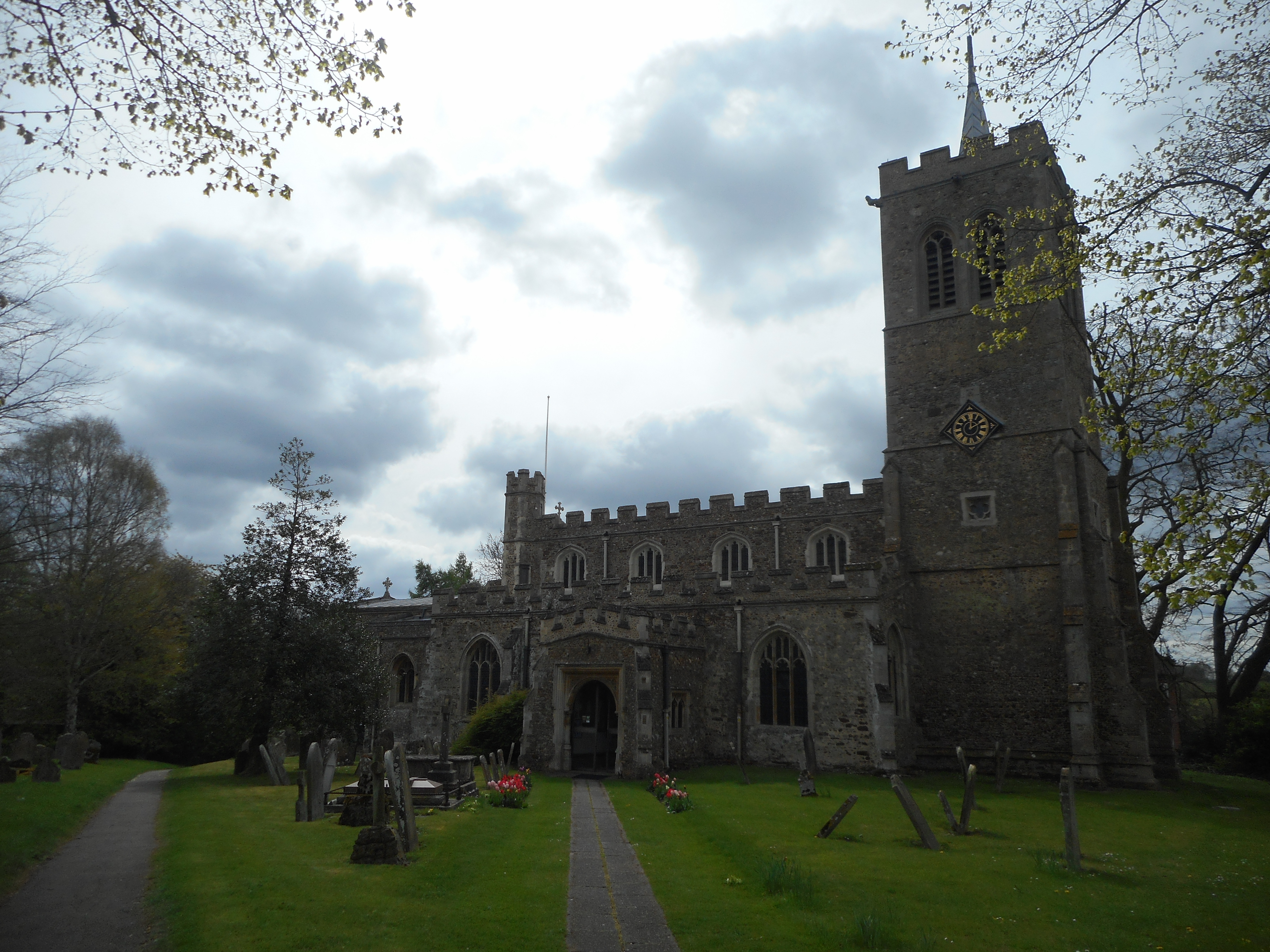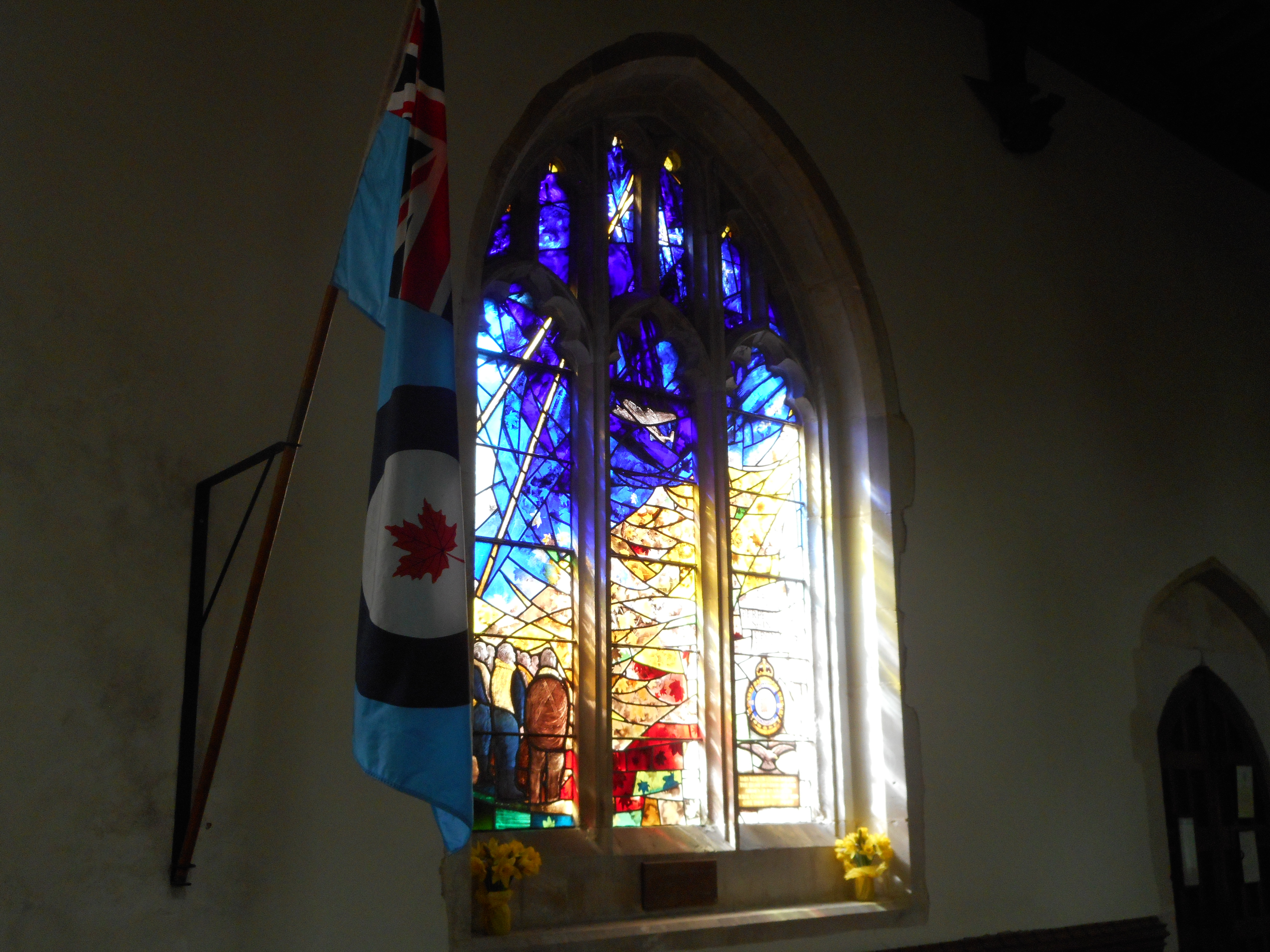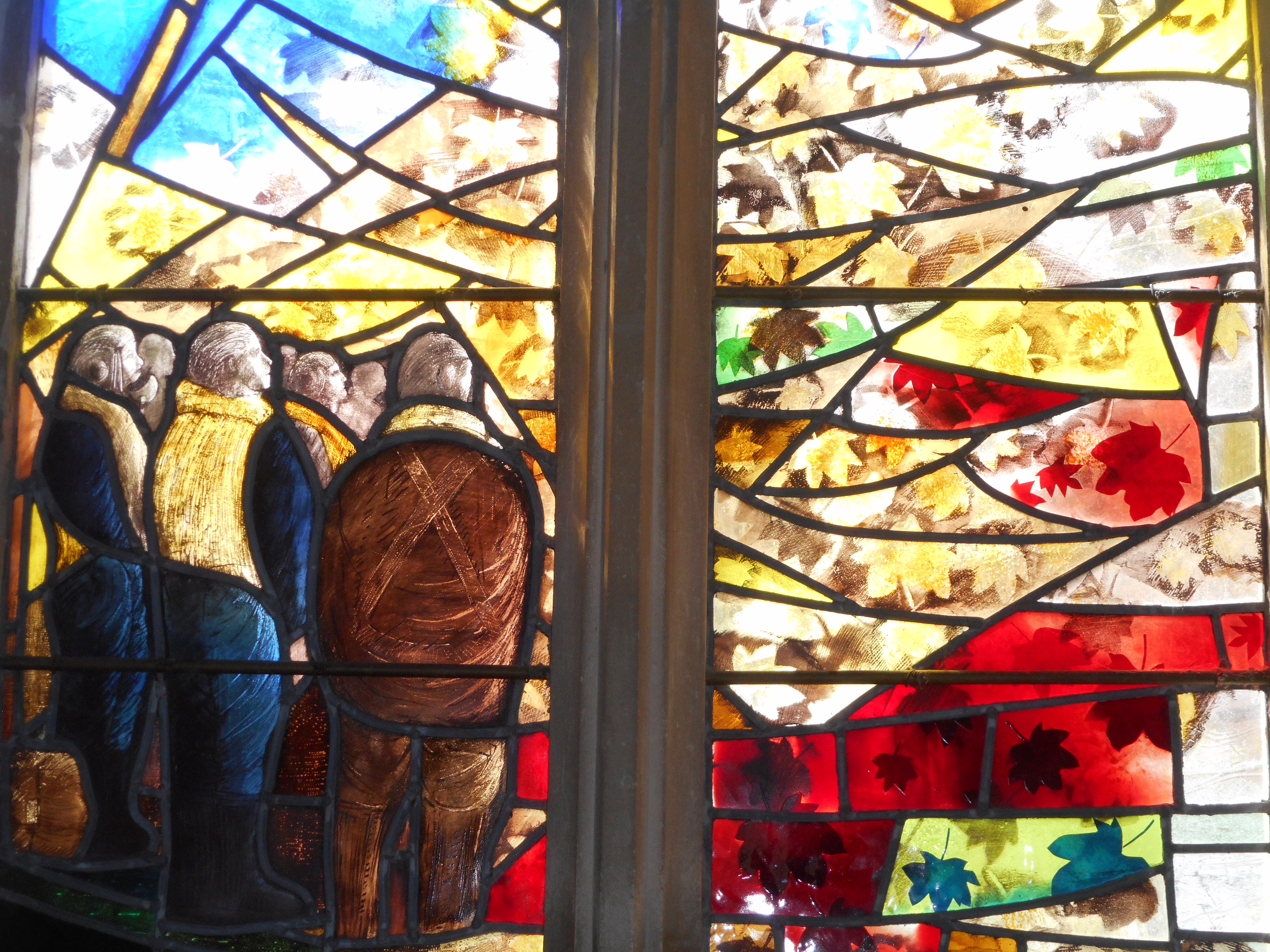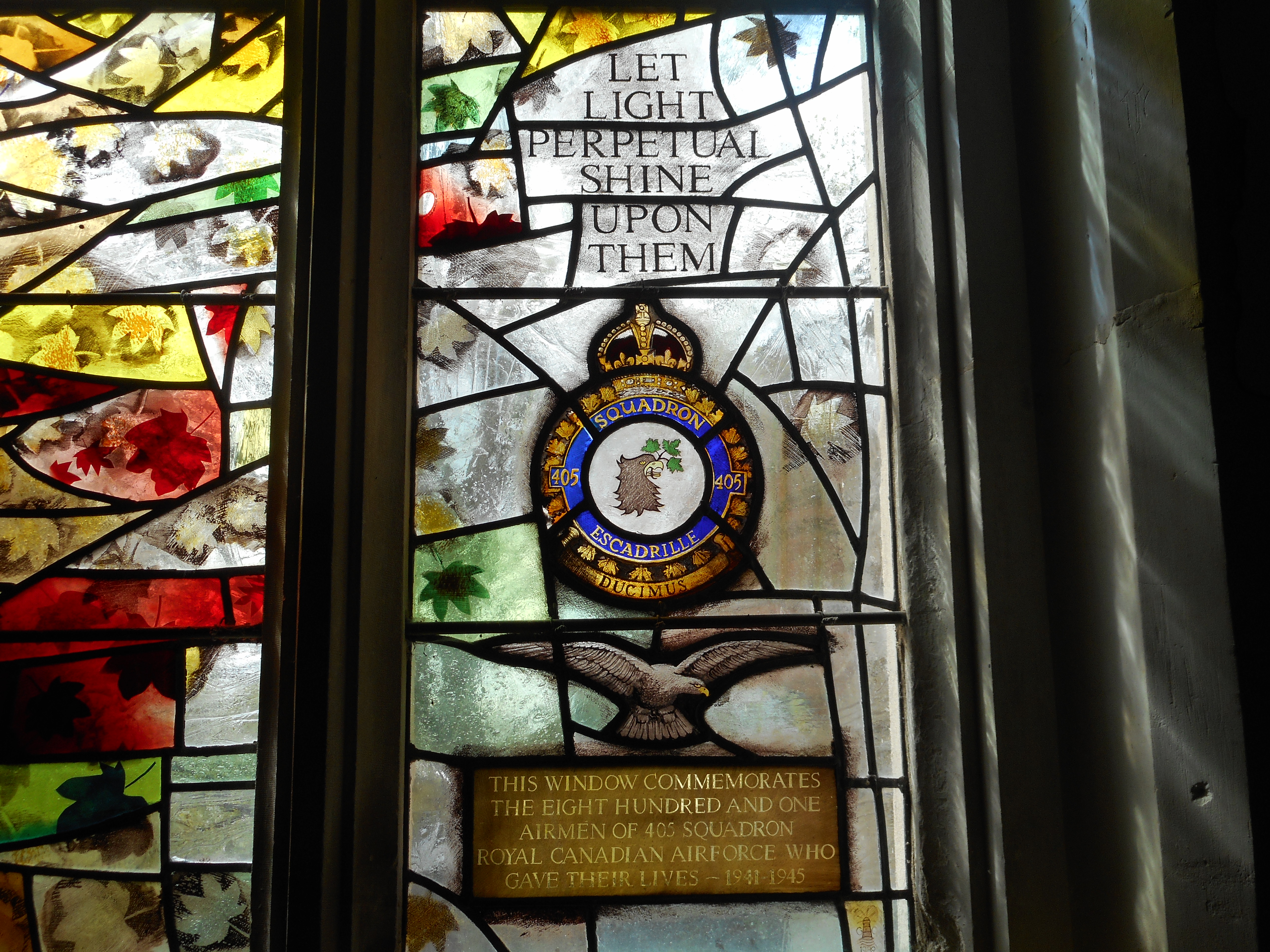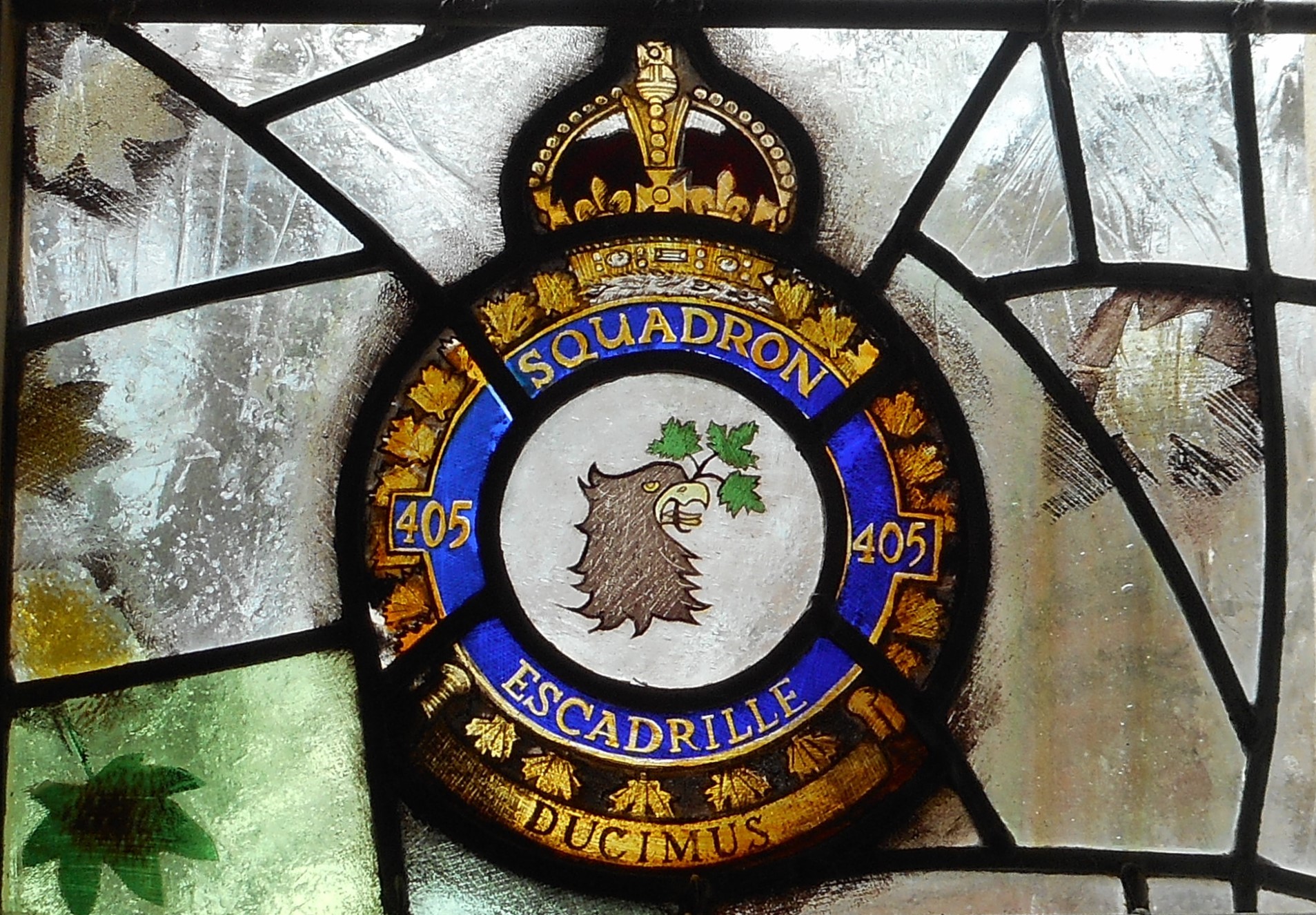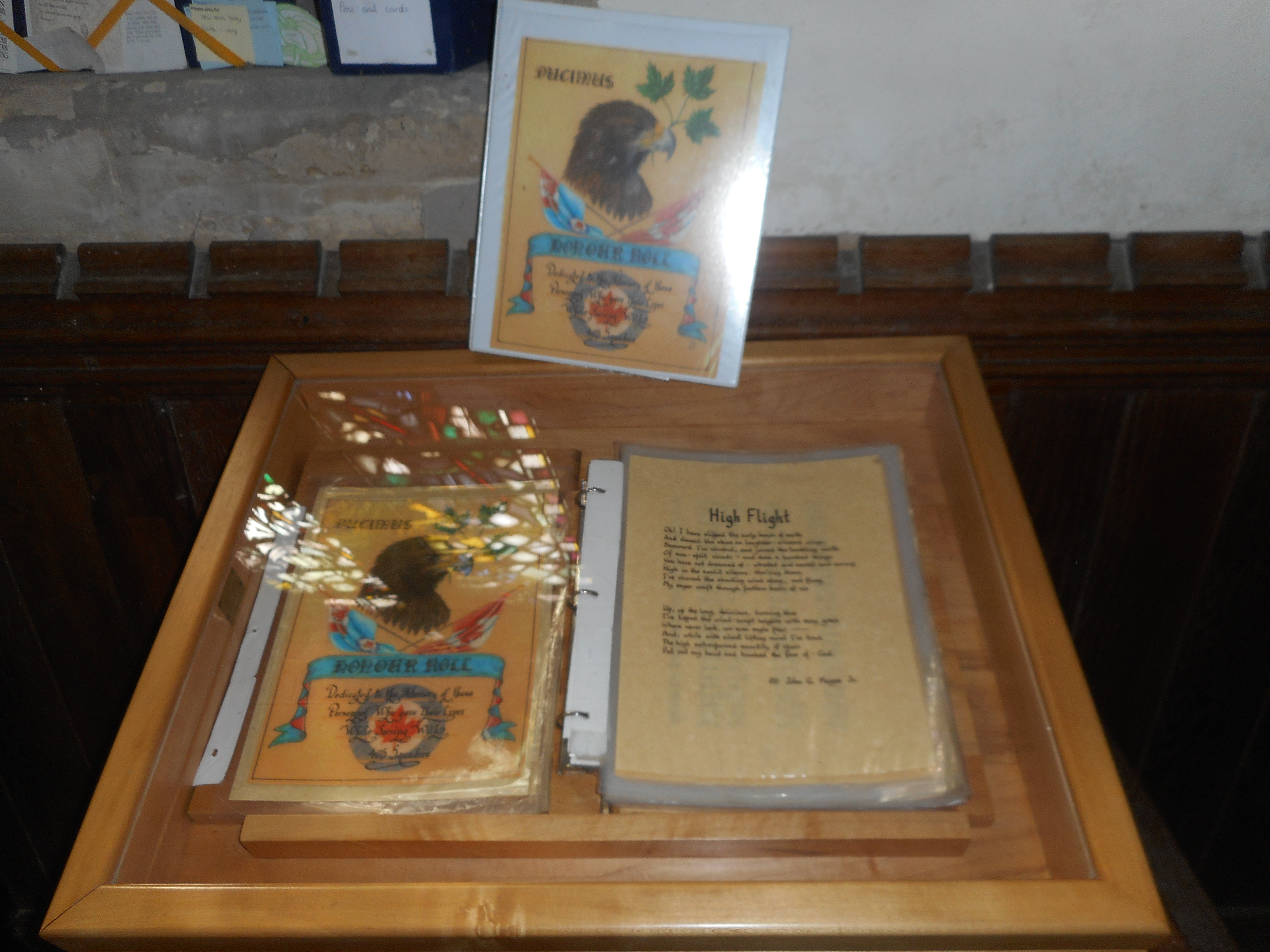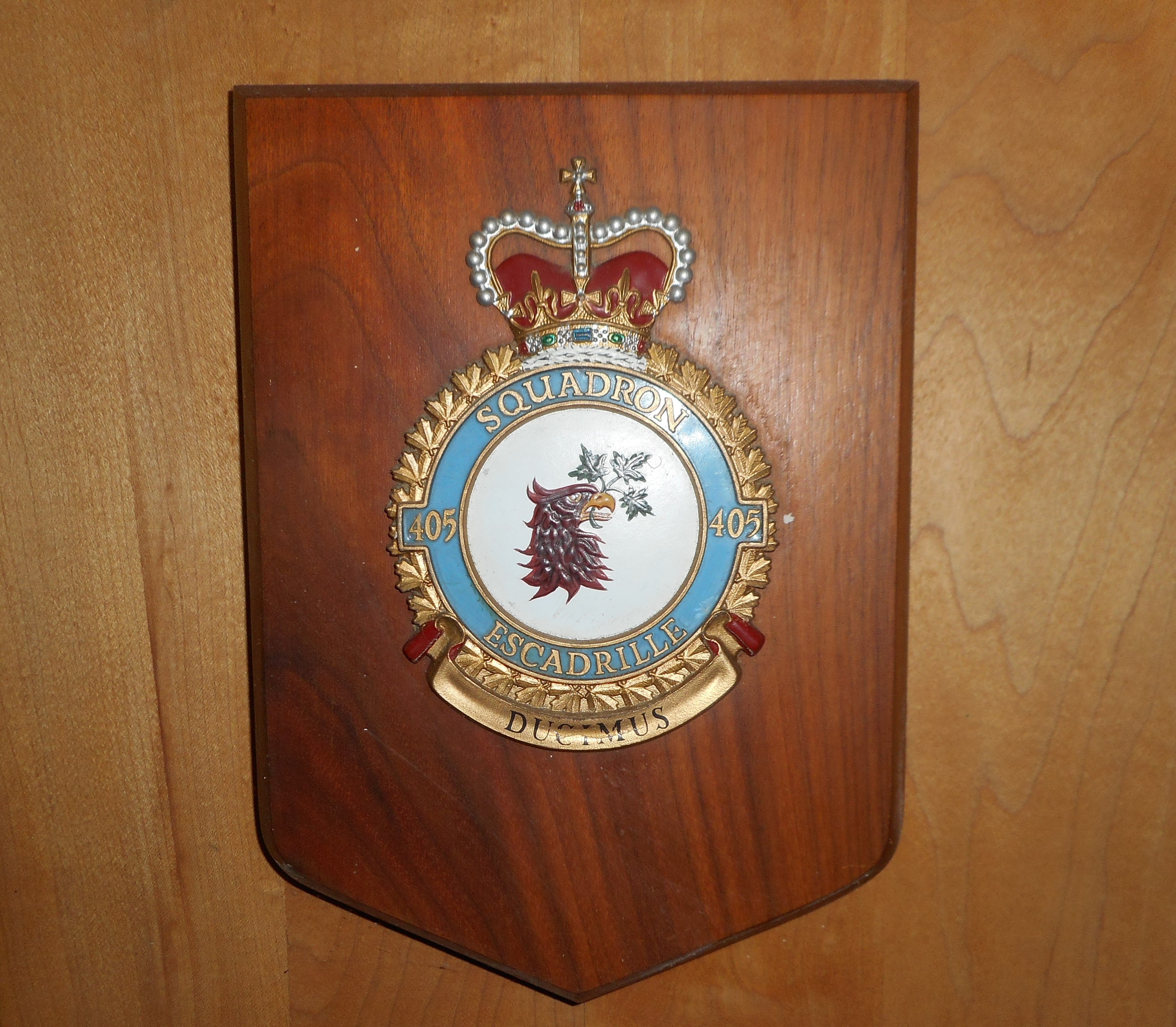Pudney, Clinton Landis
Personal Information
| Rank | F/S |
| Forename(s) | Clinton Landis |
| Surname | Pudney |
| Gender | M |
| Age | 21 |
| Decorations | GM |
| Date of Death | 16-06-1943 |
| Next of Kin | Son of Herbert (Bert) E. Pudney, and of Catherine Annie Pudney, of Belmar, New York, U.S.A. |
Aircraft Information
| Aircraft | Handley Page Halifax II |
| Serial Number | HR832 |
| Markings | LQ- |
Memorial Information
| Burial/Memorial Country | United Kingdom |
| Burial/Memorial Place | Sutton Bridge (St. Andrews) Churchyard |
| Grave Reference | Sec. S. Grave 29. |
| Epitaph | THE SOUL FROM DUTY DRAWS ITS STRENGTH, TO FIND ITS HEAVENLY REST AT LENGTH |
IBCC Memorial Information
| Phase | 2 |
| Panel Number | 229 |
Enlistment Information
| Service Number | R/139022 |
| Service | Royal Canadian Air Force |
| Group | 8 |
| Squadron | 405 (Vancouver) |
| Squadron Motto | Duicmus (We lead) |
| Trade | Air Gunner |
| Country of Origin | United States of America |
Other Memorials
| Location | Adjacent to Village Windmill, Mill Rd, Great Gransden, Cambridgeshire |
| Country | United Kingdom |
| Memorial Type | Memorial Stone with inscribed Metal Plaque |
| Memorial Text | Remembering 405 (Vancouver) Sqn. PFF at Gransden Lodge 1942 - 1945 |
| Location | St. Bartholomew's Church, Great Gransden, Cambridgeshire |
| Country | United Kingdom |
| Memorial Type | Stained Glass Window, RoH and inscribed metal plaque |
| Memorial Text | Commemorating the 801 airmen of 405 Sqn. RCAF who gave their lives 1941 - 1945 |
| Location | Pocklington Gliding Club, Pocklington Airfield, East Yorkshire |
| Country | United Kingdom |
| Memorial Type | Marble Pillar and inscribed metal plaque |
| Memorial Text | In memory of 102 (Ceylon) and 405 (Vancouver) Sqns. Pocklington Airfield |
Miscellaneous Information
| George Medal awarded for his devotion to duty during a cross-country training sortie on 28th January 1943. On return to Leeming they found the base to be shrouded in cloud. As a result, they became lost and flew too far west. After letting down through cloud to work out their position, the aircraft flew into the slopes of Great Shunner Fell to the west of Thwaite in Upper Swaledale at 12.28hrs. On crashing the aircraft caught fire. Sgt. Pudney, who was suffering from severe lacerations to his face and head, assisted by the pilot P/O LeFebvre, returned to the burning aircraft several times to rescue other members of the crew who were trapped inside, after which he walked two miles over rough moorland to summon help, despite his injuries. Of the seven personnel aboard, four died (one of whom, F/S John Ruskin Askew, died of his injuries later in Catterick Military Hospital). |
| His GM citation reads: "While engaged on a local practice flight the Halifax aircraft in which Sergeant Pudney was flying as mid-upper gunner struck high ground, crashed and burst into flames. Three members of the crew were killed and the others, with the exception of Sergeant Pudney, were too severely injured to extricate themselves from the burning wreckage. Though suffering from severe lacerations on his face and in spite of loss of blood and shock, Sergeant Pudney entered the blazing aircraft several times and finally succeeded in bringing all his companions out. He then struggled over rough moorland for two miles to obtain help." |
Commonwealth War Graves Commission
The National Archives
| Record of Events (Operational Record Book) AIR 27/1788/12 |
| Summary of Events (Operational Record Book) AIR 27/1788/11 |
Fellow Servicemen
Please note that this list gives all the losses aboard the quoted aircraft and occasionally these may have occurred on an earlier date when the aircraft was not itself lost. Please check the dates of death carefully.
Last Operation Information
| Start Date | 16-06-1943 |
| End Date | 16-06-1943 |
| Takeoff Station | Gransden Lodge |
| Day/Night Raid | Day |
| Operation | Training- cross country flight |
| Reason for Loss | Severe electrical storm- the bomber was struck by lightning and began to break up in the turbulence, crashing and bursting into flames near King's Lynn |
